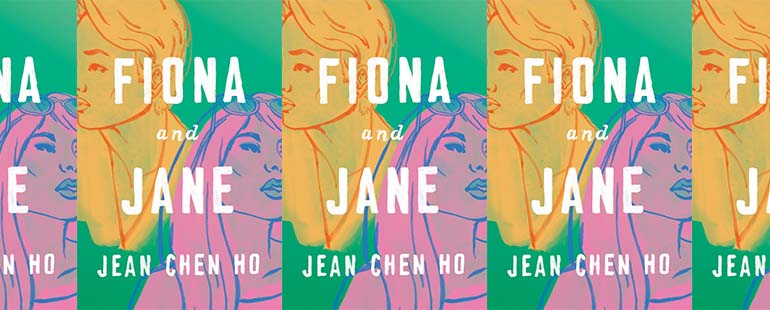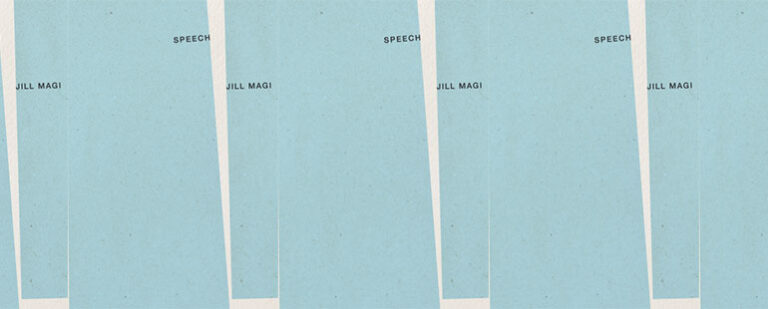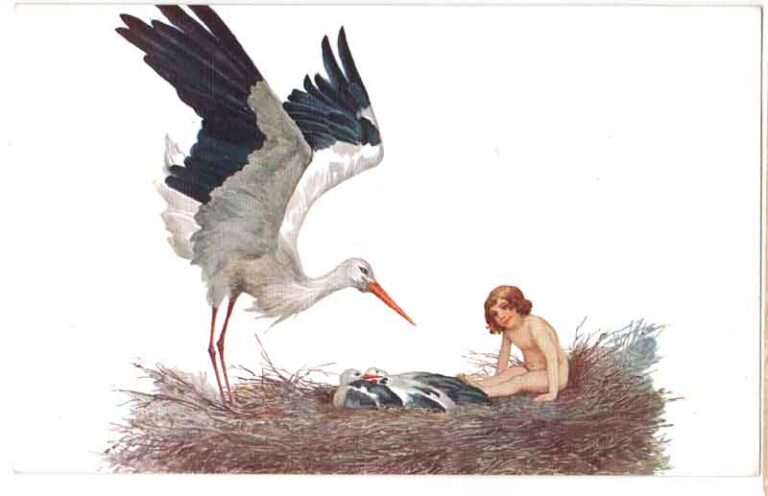The Ebb and Flow of Women’s Friendships in Fiona and Jane

Jean Chen Ho’s wonderful debut, Fiona and Jane, out this week, follows two Taiwanese-American women over time, from when they meet in second grade in Los Angeles until they are in their late thirties. Their friendship ebbs and flows over the course of the narrative, and the form of the book follows this shape: we get to know them both together and apart. Interestingly, the book is not designated a short story collection nor a novel and, indeed, it occupies a space that is neither one nor the other, a unique form for which we need a new name. The book is divided into ten chapters; the point-of-view shifts between Jane and Fiona, as it also moves from first person to third.
Perhaps most importantly, the chronology of the book is not always linear. Time is fluid and there are many gaps. The way in which Ho crafted this book—the decisions she made about what to put where—adds complexity and depth, which in turn invites the reader to take a closer look, to be more involved in the process of reading. The result is a book that is built on memory, a book that speaks to the importance and difficulties and richness of friendship between women over time, a book that braids its form and content together to create meaning.
We meet Jane and then Fiona, separately, in the first two chapters of the book. “Night Market,” a story told by Jane in the first person, details a visit with her father to Taiwan when she is 18. The second chapter, “The Inheritance,” is told in the third person, and the present moment of the piece takes place when Fiona is 22 and receives an inheritance from her grandfather. In a sense, both of these stories contain the inciting incidents for the two character arcs in the book; not only do we learn important backstory and information about Jane and Fiona, but key emotional traumas that live within them are revealed. The book will return to these moments again and again. If Ho had chosen to tell the story in a strictly linear fashion, we would not have had the opportunity to follow these arcs through the entire book. Presenting the narrative in this way also sets forth the idea that Jane and Fiona are individuals before they are a unit; their lives are intricately intertwined, but a friendship is always built on, and complicated by, the needs and desires of those involved.
The third chapter of the book, entitled “Go Slow,” begins, “The year we turned sixteen, Fiona decided it was time we learned to drink.” This is the moment when we first get to see them together, and the present moment of the story has moved back in time from the first two chapters. It is clear, from this opening line, that Fiona is the one who drives the friendship—in fact, she is literally the one with the car, and Jane always rides shotgun. This aspect of their friendship doesn’t really change as they move through time; late in the book, Jane thinks: “The two of them shared everything, and a compliment to one was accepted equally by the other, though most often, Jane knew, it was Fiona to whom the unsolicited kind words were directed, and Jane who stood in the refracted light.” The third chapter, then, introduces us to their friendship, which is almost a separate character in the book; its arc is certainly the one that forms the book’s spine.
The focus shifts between Jane and Fiona for the next four chapters, alternating back and forth. “Korean Boys I Have Loved” is Jane’s account of five Korean boys or men that she has been with. The chapter moves through a wide swath of time; it seems to start somewhere in her twenties or early thirties, and then moves back in time, recounting her connections to each man, and ending with a boy—the pastor’s son—who came on to her when she was 12. This backward storytelling is somewhat unsettling and sets the tone for this group of four chapters. Here, in the middle of the book, Fiona and Jane are separated and separate; their friendship is no longer something either can rely upon. Fiona is in New York after attending Berkeley; Jane has never left Los Angeles. They think about each other but can’t quite seem to reach out or figure out how to bridge the gap between them. All four of these chapters contain longing and unrest, a sense of constant unease.
“Doppelgängers,” the fifth chapter, focuses on Fiona in New York when she is just about to turn 30. The juxtaposition between Jane’s 12-year-old self at the end of “Korean Boys I Have Known” and an older Fiona seems deliberate; the movement in time highlights the unsettled nature of both women. Jane seems unable to leave her past behind, while Fiona is trapped in her adult present. Her abusive boyfriend has disappeared and she has long since been separated from Jasper, her college boyfriend, with whom she moved to New York. She is seeing other men, hanging out with a new friend, and dealing with financial requests from her mother back in Los Angeles. She owes money and feels at loose ends; she quit law school and can’t quite figure out how to get her life back on track. And she misses Jane, although she can’t quite admit that to herself: “A distance between them Fiona felt acutely, marked by unspoken things, added up. She knew the contours of Jane’s life, not its interior.” The title refers to the fact that a man she hooks up with seems to be connecting her with another Asian woman that he has known, but it also seems to refer to the fact that she is trying to replace Jane with another woman friend, perhaps unsuccessfully. By the end of the chapter, Fiona has decided to move back to Los Angeles.
Before we can follow her there, and see the two friends reunited, however, the book jumps back in time. “Cold Turkey” and “Kenji’s Notebook” take place around the same time, when Fiona and Jane are in their mid-to-late twenties. The chapters work together as a pair. In “Cold Turkey,” Jane is with their childhood friend Won, who encourages her to move on from her last relationship with Carly and to begin writing in a journal, to try and make some sense out of her life. She writes about her relationships, and she writes to Fiona, but the words stay in her journal. Jane thinks about Fiona often: “I still thought of her as my best friend, though more and more she was becoming a story to me, one whose plot I couldn’t make sense of because either I was missing information or maybe I’d forgotten something from before—something important—and it was too late to ask about it now, because it would mean admitting I hadn’t been paying attention.” As with Fiona, years down the road, Jane misses her friend but can’t connect. It is clear, for both of them, that the lack of each other in their lives causes considerable heartache.
Writing also plays a part in “Kenji’s Notebook”; Kenji is Jasper’s best friend who is in the middle of receiving cancer treatments. While in Kenji’s apartment, caring for him, Fiona learns from his journal that Jasper has slept with someone else. She continues sharing an apartment with him, at least until the lease is up, and they both care for Kenji. Interestingly, this chapter, which starts and ends in Fiona’s point-of-view, also allows Jasper a point-of-view in the middle, the only point-of-view in the book that doesn’t belong to Jane or Fiona. We learn about the affair from Jasper, and also about how he feels he has lost Kenji as a friend due to the affair. There is a parallel here between Kenji and Jasper and Jane and Fiona: a focus on the importance of friendship and what happens when it is lost.
The final three chapters of the book feature Jane and Fiona together, and each moves forward in time. The unsettled nature of the preceding chapters is gone—Fiona has returned to Los Angeles and the two women are once again in each other’s lives on a regular basis. There is a way in which the linearity of these chapters underscores this return to the friendship, and it also works well as we slide down the narrative arc towards the conclusion. There is a clear pattern here to the book and its narrative arc: the first three chapters set up the characters and the arcs, the final three chapters move in a linear fashion towards the end, and the middle four chapters move uneasily through time.
But these final three chapters leave a good deal out. “The Movers” occurs at the end of Fiona’s first marriage when she’s moving into her own apartment. Told in first person by Jane, we learn about the marriage and that Fiona is working as a paralegal. In “Clairvoyance,” written in the third person, Fiona is not only married for the second time, but she’s pregnant and has completed her law degree. And in the final chapter, “Fiona and Jane,” Fiona has her daughter Gracie and is working as a lawyer. The focus, as it often has been during the book, is on Fiona: the light seems to shine always on her. Jane is, more often than not, the watcher and the recorder.
But their friendship seems to have evolved to something new. In “Clairvoyance,” the point-of-view shifts between Fiona and Jane. It is almost as if the friendship is redefining itself through the shifting voice, as if the women need to each figure out how to be friends as adults. They confide in each other, tell stories they have never shared before. By allowing the reader access to both of their interiorities, we are brought into the friendship as well. Still, “Clairvoyance” ends sadly, with Jane once again feeling as Fiona is out ahead: “She was always leaving. And this time, Jane feared there would be no coming back. A baby changed everything, more than a man ever could. She’d thought they had more time. There were still so many silences, passed over.”
In the final chapter, though, they have figured out how to make their friendship a part of each of their lives. Fiona has a full life with her daughter, husband, and work; Jane is writing and has met a woman she likes. She has faced up to some of her earlier traumas. When Fiona and Jane meet up for dinner, they feel comfortable with one another, as though they’ve reached a new equilibrium. Jane tells Fiona that she’s working on a new project, a book about the two of them:
‘Is it really about us?’ she asked. ‘What’s it going to be called?’
‘Jane and Fiona,’ I said. ‘Our stories. All the shit we got into—‘
‘You know what I think?’ she said. ‘Fiona and Jane has a better ring to it.’
It is then that we realize that Ho has carefully designed this book to appear as if it was written by Jane. Six of the ten chapters have been written in Jane’s first-person voice; Fiona is only represented in third. We do access her interiority in the third-person accounts, but now we understand that even this is seen through Jane’s eyes; it is Jane’s interpretation of Fiona’s thoughts, only made possible because of their friendship, because of all that they share. Now the non-linearity and the gaps make sense, too: the chapters are connected via Jane’s memory, rather than time. It is Jane’s telling of their friendship, and while she allows Fiona to title the book, with her name in the lead, we see, finally, that Jane is the one who is in control. She’s the one who gets to create the narrative; she’s the one who gets to write about their friendship. It’s a wonderful way to conclude this book, as it sheds new light on everything that has come before.


